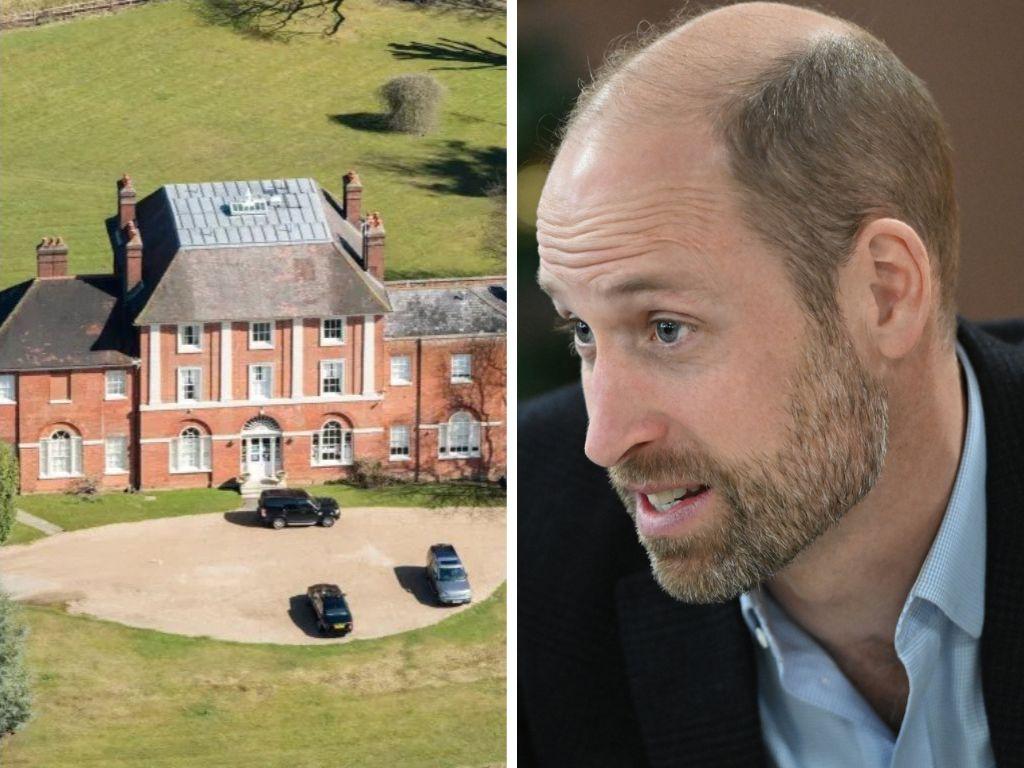K
eeping an eye on economic factors like growth, inflation, and government borrowing can provide clues about where mortgage rates are headed. Housing Market Decoded helps make sense of market data by putting it in context. Homebuyers have shown they're sensitive to changes in mortgage rates: when rates declined to around 6% last September, sales increased, but when rates rose to 7% in January, buyers slowed down.
Three key economic variables affect mortgage rates: real growth, inflation, and government borrowing, which influence the 10-year Treasury yield. These factors explain recent interest rate changes and may indicate future trends. Last fall's decline in mortgage rates was fueled by "bad news" about shrinking job gains, rising unemployment, and slowing growth.
Higher inflation expectations and larger anticipated deficits led to higher mortgage rates this year. However, a return of negative economic factors caused rates to drop again. The gap between mortgage rates and 10-year Treasury yields is historically high now but has shrunk significantly since May 2023. If it continues to decline, it could reach pre-pandemic levels by 2026, pulling mortgage rates down to around 6.25%.













